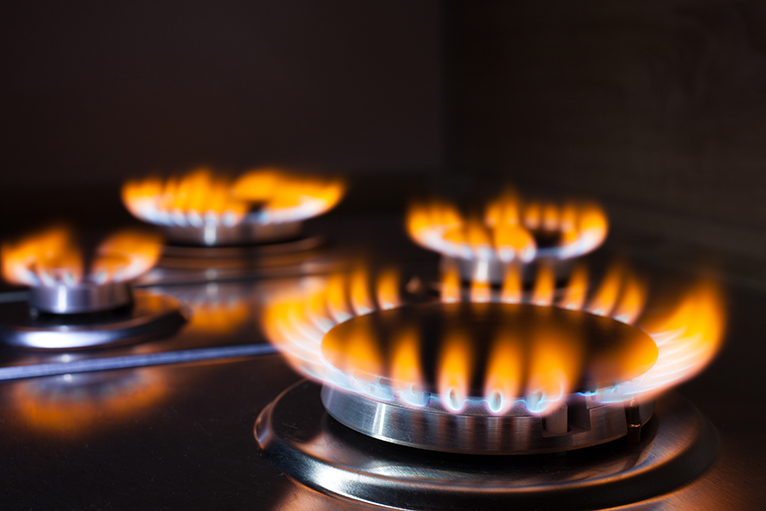Establishing exhaust volumes for hoods had been an inexact science, primarily relying on U.L. values to establish exhaust rates. U.L. however clearly states that the minimum exhaust rates established during testing should not be used for design purposes since they were achieved in a laboratory environment. A greater exhaust might be required to provide proper capture and containment. In addition, the U.L. 710 test is a fire safety test and establishes minimum exhaust rates based on the removal of “visible” cooking contaminants.
Why is that important? No all load generated by the cooking process is visible. You may have been in a food service establishment and thought the hood was capturing visible smoke well, but the ceiling tiles were yellow and the surfaces and floors were slippery from grease. The reason this occurs is that condensable grease vapors can be carried out of the effluent stream and into the space with the convective heat if it is not accounted for in designing a system based on its efficiency and calculated heat load.
Heat from cooking appliances can be calculated based in part on the type of appliance and its connected power (gas, electricity). The energy going into an appliance can only go to one of a few places, the appliance itself to heat the cooking elements, into the food product, radiated load off the appliance (think of the sun’s rays) and convective load (transfer of heat to the air). Contained in the convective load would be all the grease laden vapors. That is the part that needs to be exhausted by the hood. A heat load based design accounts for this load and exhausts it, not just visible contaminants. Check to see if your manufacturer calculates based on heat load. It provides for a more comfortable and safe environment.

